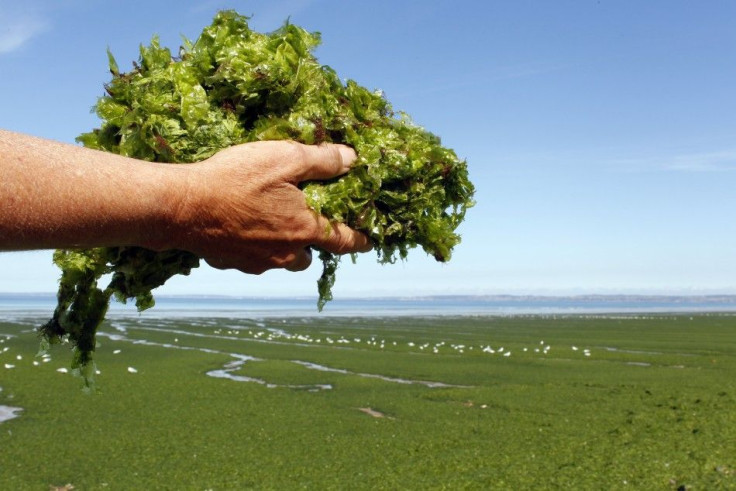Biggest Seaweed Bloom In The World Found By NASA Satellites

NASA satellites used by scientists at the University of South Florida in Saint Petersburg’s College of Marine Science recently discovered the largest bloom of macroalgae in the world, dubbed the Great Atlantic Sargassum Belt (GASB), which stretches from West Africa to the Gulf of Mexico.
Based on computer simulations, the scientists confirmed that the belt of brown macroalgae called Sargassum forms its shape in response to ocean currents. The Sargassum can grow so large that it envelops the surface of the tropical Atlantic Ocean from the west coast of Africa to the Gulf of Mexico.
More than 20 million tons of the seaweed floated in surface waters. Some of which ravaged shorelines lining the tropical Atlantic, Caribbean Sea, Gulf of Mexico and east coast of Florida.
Scientists Discover the Biggest Seaweed Bloom in the World https://t.co/AGelJdJRZo #NASA
— NASA Earth (@NASAEarth) July 9, 2019
“The scale of these blooms is truly enormous, making global satellite imagery a good tool for detecting and tracking their dynamics through time,” said Woody Turner, the manager of the Ecological Forecasting Program at NASA Headquarters in Washington, D.C.
Since 2006, Chuanmin Hu from the USF College of Marine Science, who led the study, examined Sargassum using satellites. Hu piloted the work with Dr. Mengqiu Wang, a postdoctoral scholar in his Optical Oceanology Lab at University of South Florida. The team included scientists from Georgia Institute of Technology, Florida Atlantic University and University of South Florida.
A possible regime shift in Sargassum blooms since 2011 was indicated in the data that the team analyzed between 2000 and 2018 from NASA’s Moderate Resolution Imaging Spectroradiometer (MODIS).
Wang stated that Sargassum provides great ecological values, serving as a habitat and refuge for various marine animals. But too much of this makes it harder for certain marine species to breathe and move around. When the Sargassum dies, it sinks to the bottom of the ocean at large quantities and can suffocate corals and other sea grasses. Rotten Sargassum potentially presents health threats for people on beaches who already have health issues.
“Earth’s ocean biogeochemistry is changing in response to natural and human forcing,” Dr. Paula Bontempi, who serves as acting deputy director of NASA’s Earth Science Division and manages NASA’s Ocean Biology and Biogeochemistry Program, said. She added that the Great Atlantic Sargassum Belt suggests that we may be witnessing ecosystem shifts in our ocean that could have major effects for marine organisms and ecosystem services, which humans rely on.
© Copyright IBTimes 2025. All rights reserved.





















